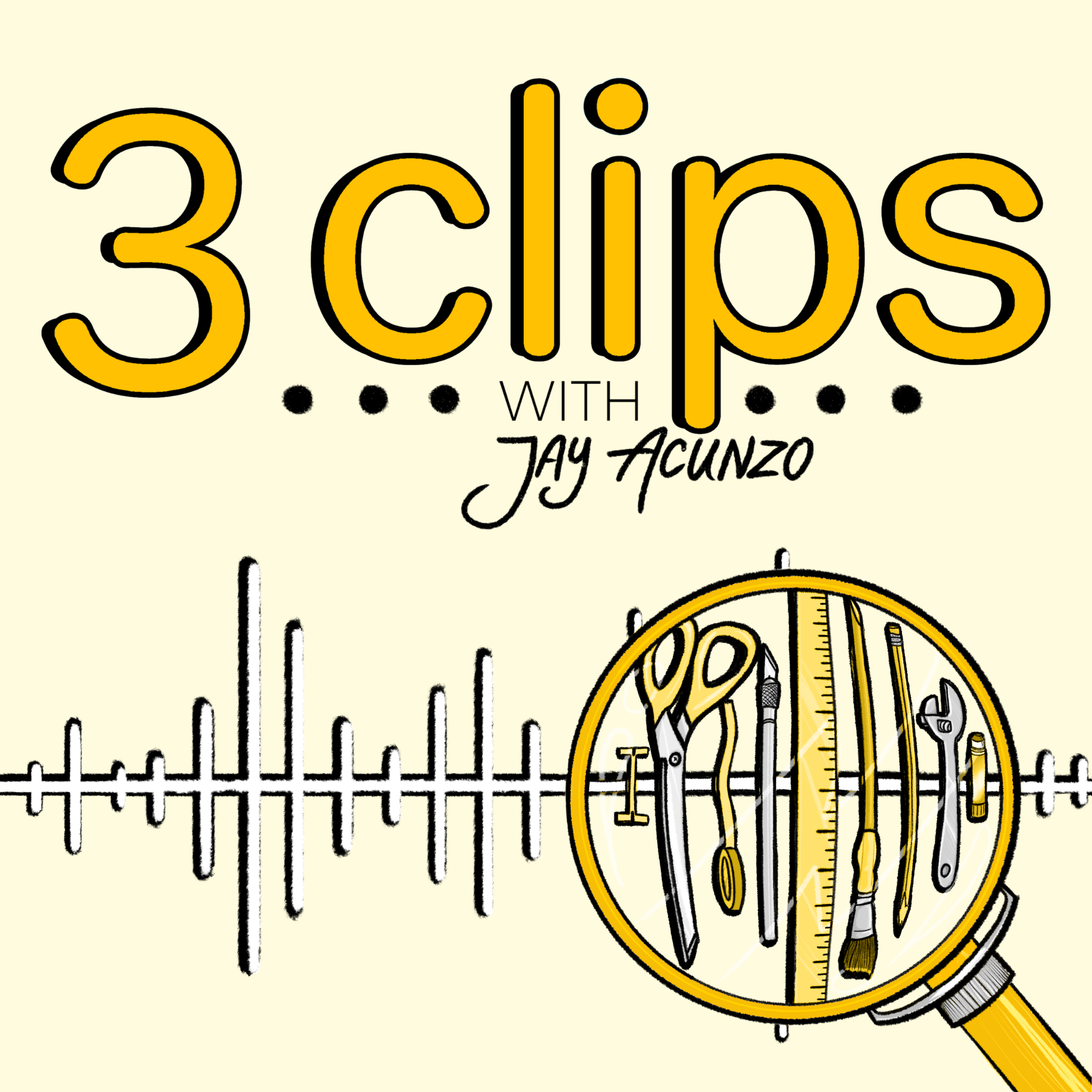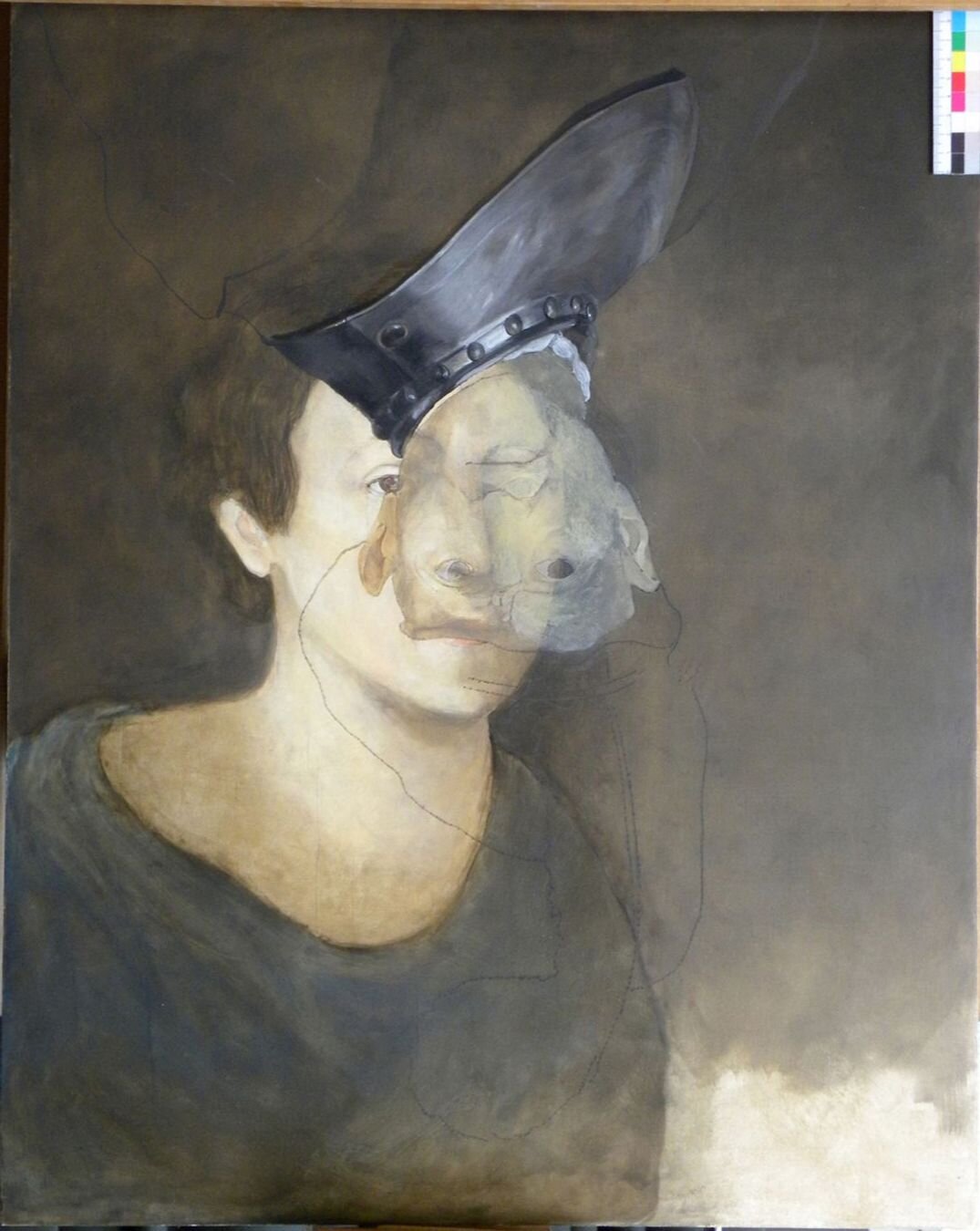I’ve done a lot of cool jobs in my lifetime, but the most rewarding one by far has been my work with Jay Acunzo (author, speaker, award-winning show host and producer) from 2020-2021.
Community management
Initially, I was brought on board solely to be a community manager for Make What Matters. I designed member events, like a virtual community speed-meet event for members, translating the mechanics of a traditionally very physical event into a purely digital environment. I managed community discussions, posting weekly prompts and facilitating interest. I also set up the forum itself- handing everything from the logistics of member signup to writing community guidelines.
Copywriting
In addition to my work as community manager, I wrote for Jay’s weekly newsletter Playing Favorites (samples below), finding interesting ways to present new articles, media links, and previously released content. I also formatted the newsletter and prepared it for release on MailChimp.
Branding
If that weren’t enough, I also helped Jay with his rebranding efforts. I completely redesigned the cover for the podcast 3 Clips, and expanded upon that branding when I redesigned and reformatted the book Creator’s Compass. Promotional posters, social media posts, and website testimonials all got the same rebranding- which I also used in the logo for Make What Matters. Aw yeah, bringing it full circle.
A Pitch for Producers: When stocking your kitchen, it's important to carefully consider your knives.
Like many things in life, kitchen knives are usually specialized for the jobs they're meant to do. You've got paring knives, butter knives, serrated, oyster, steak, chef, and ulu knives- you get the idea. Lots of knives.
But here's the thing; most people don't have one of every type of knife, they have one or two good knives they use for everything. So how do you pick which knives those one or two will be?
Behold: The chef's knife!
It slices, it dices, it chops and crushes- a chef's knife is called a chef's knife for a reason: it's a chef's best tool.
If you can acquire multiple knives right now, then great! Fill your home with as many knives as you can hold in your heart. Metaphorically, we mean. Y'know, like...love and cherish them....Don't literally fill your heart with knives, please.
But if there can be only one, make it a chef's knife.
"Wait!" you cry, heedless of the fact that this is pre-written text and we cannot hear you. "I recently saved a rich, eccentric fisherman's life and consequently won a year's supply of free oysters, wouldn't an oyster knife be better?" Well, maybe in the short term. But you're going to want to cook non-oyster foods as well (I hope), and no matter how fancy your oyster knife is, it's going to have a hell of a time cutting a baguette.
Just like with podcasting, you have to build your team to fit your long-term needs first.
In this week's blog, Molly walks us through why producers are the chef's knives of this metaphor >>
Slack in the System: Tell me something, what does Vincent van Gogh's Patch of Grass have in common with Rembrandt's An Old Man in Military Costume?
Both painted by masters? Sure, most folks would agree with you there, but that's not the answer we're looking for.
Both sparingly but effectively use the color white to draw the eye to details? Yeah, those metallic highlights in the Rembrandt and the dandelion in the van Gogh certainly draw the eye, but they're still not what we had in mind.
Both showcase an artist's willingness to cut their losses and scrap something if it means putting their time and energy into a better end product? Now we're talking!
Using a technique called "x-ray fluorescence spectroscopy", historians have discovered that below both of these paintings lie completely different projects the artist decided to scrap in favor of the paintings we know and love.
Now, what do YOU have in common with van Gogh and Rembrandt?
You, too, have the ability to cut out the mediocre (yes, even if you've already put time and resources into it!) in order to create the best possible end product. Learn how to be more like Rembrandt, and read our new blog post here >>
ICYMI: Learned the Hard Way: A scientific theorem is technically just scientists’ best guess. However, it’s a guess that’s (typically) supported by reams of studies and tests and data. If you’re about to put on your lab coat and begin conducting experiments based on a theory, it might behoove you to check out some of the things people have already learned and put out in the world for you, no? This blog from the vaults has 4 top-tier showrunners sharing (with you, for free, the way science should be) what they’ve already learned and what they wish they knew when starting out. Don't make their mistakes, read the blog here >>













